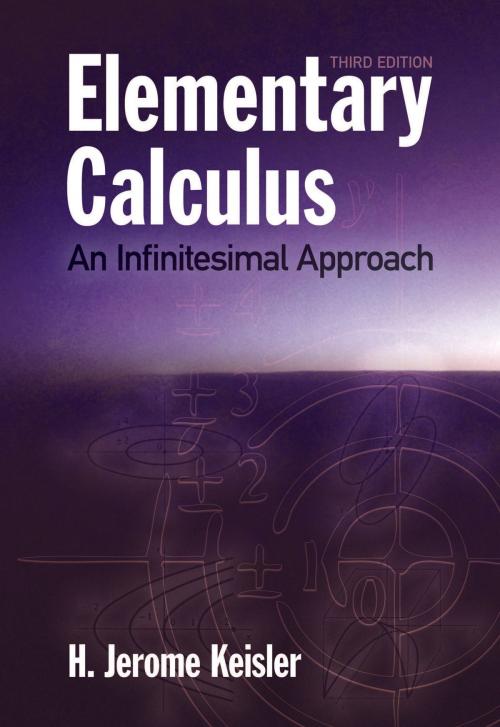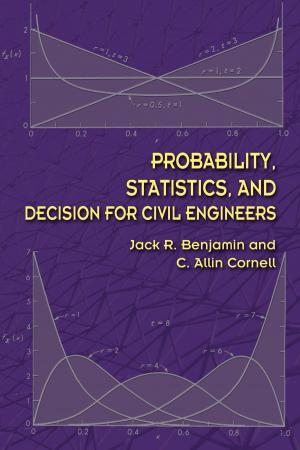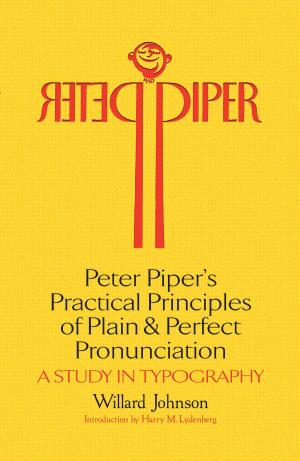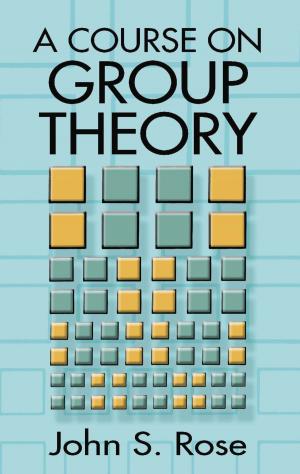| Author: | H. Jerome Keisler | ISBN: | 9780486310466 |
| Publisher: | Dover Publications | Publication: | April 22, 2013 |
| Imprint: | Dover Publications | Language: | English |
| Author: | H. Jerome Keisler |
| ISBN: | 9780486310466 |
| Publisher: | Dover Publications |
| Publication: | April 22, 2013 |
| Imprint: | Dover Publications |
| Language: | English |
This first-year calculus book is centered around the use of infinitesimals, an approach largely neglected until recently for reasons of mathematical rigor. It exposes students to the intuition that originally led to the calculus, simplifying their grasp of the central concepts of derivatives and integrals. The author also teaches the traditional approach, giving students the benefits of both methods.
Chapters 1 through 4 employ infinitesimals to quickly develop the basic concepts of derivatives, continuity, and integrals. Chapter 5 introduces the traditional limit concept, using approximation problems as the motivation. Later chapters develop transcendental functions, series, vectors, partial derivatives, and multiple integrals. The theory differs from traditional courses, but the notation and methods for solving practical problems are the same. The text suggests a variety of applications to both natural and social sciences.
This first-year calculus book is centered around the use of infinitesimals, an approach largely neglected until recently for reasons of mathematical rigor. It exposes students to the intuition that originally led to the calculus, simplifying their grasp of the central concepts of derivatives and integrals. The author also teaches the traditional approach, giving students the benefits of both methods.
Chapters 1 through 4 employ infinitesimals to quickly develop the basic concepts of derivatives, continuity, and integrals. Chapter 5 introduces the traditional limit concept, using approximation problems as the motivation. Later chapters develop transcendental functions, series, vectors, partial derivatives, and multiple integrals. The theory differs from traditional courses, but the notation and methods for solving practical problems are the same. The text suggests a variety of applications to both natural and social sciences.















